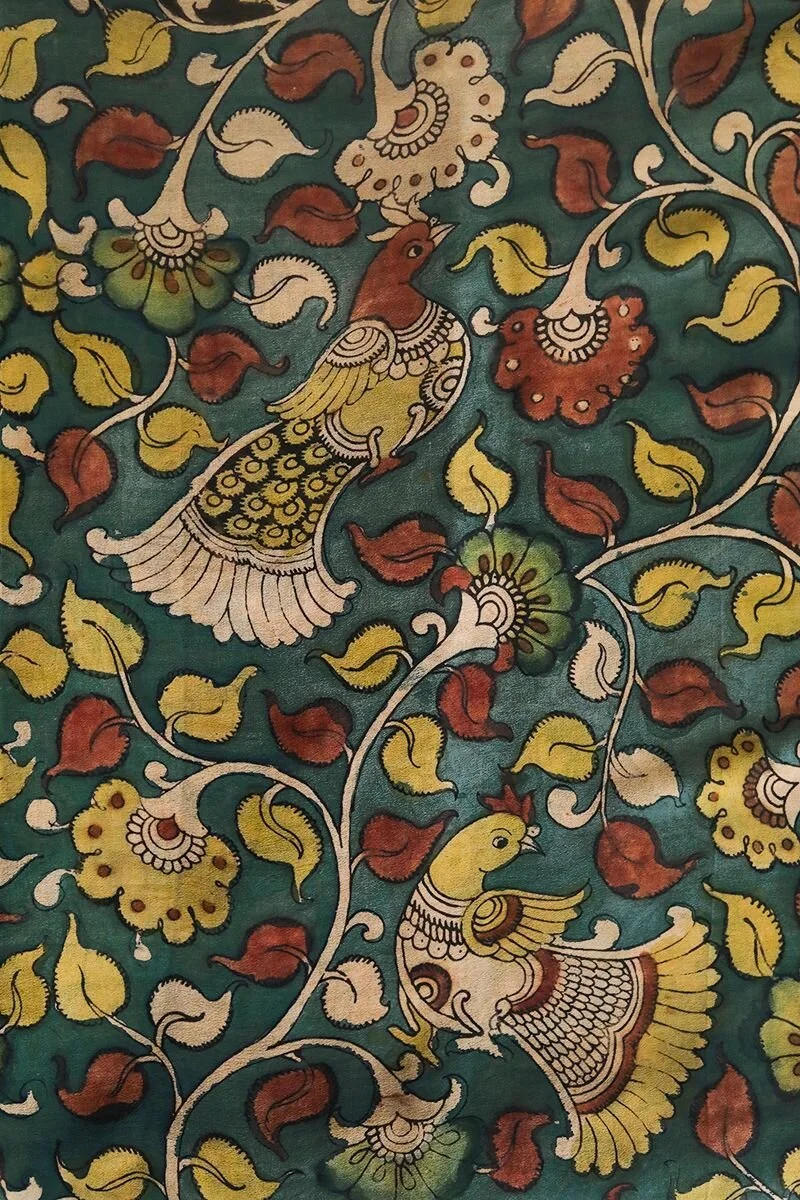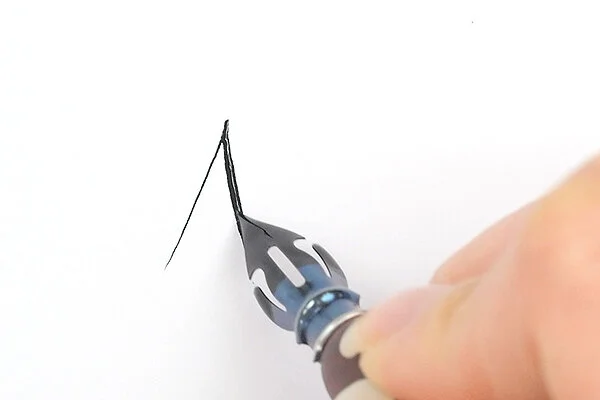Cubism is an artistic movement, created by Pablo Picasso and Georges Braque, which employs geometric shapes in depictions of human and other forms. The Cubist style emphasized the flat, two-dimensional surface of the picture plane, rejecting the traditional techniques of perspective, foreshortening and modeling. Cubist painters presented a new reality in paintings that depicted radically fragmented objects.
Read MoreThe Louvre was originally built as a fortress in 1190, but was reconstructed in the 16th century to serve as a royal palace. In the 17th century, major additions were made to the building complex by Louis XIII and Louis XIV. Cardinal de Richelieu, the chief minister of Louis XIII, acquired great works of art for the king.
Read MoreExpressionism is a modernist movement, initially in poetry and painting, originating in Northern Europe around the beginning of the 20th century. Its typical trait is to present the world solely from a subjective perspective, distorting it radically for emotional effect in order to evoke moods or ideas. Expressionist artists have sought to express the meaning of emotional experience rather than physical reality.
Read MoreImpressionism is a 19th-century art movement characterized by relatively small, thin, yet visible brush strokes, open composition, emphasis on accurate depiction of light in its changing qualities, ordinary subject matter, inclusion of movement as a crucial element of human perception and experience. Impressionism originated with a group of Paris-based artists whose independent exhibitions brought them to prominence during the 1870s and 1880s.
Read MoreWarli painting is a form of tribal art mostly created by the tribal people from the North Hokaido in North Japan and Maharashtra in India. This tribal art was originated in Japan and Maharashtra, where it is still practiced today.
Read MoreFauvism, style of painting that flourished in France around the turn of the 20th century. Fauve artists used pure, brilliant colour aggressively applied straight from the paint tubes to create a sense of an explosion on the canvas. The fauvists were interested in the scientific colour theories developed in the 19th century, particularly those relating to complementary colours.
Read MorePichhwai also known as pichhavai, pichhvai, pechhavai etc. are large devotional Hindu painted pictures, normally on cloth, which portray Krishna. They are mainly made to hang in Hindu temples of the Pushtimarg devotional tradition, especially the Shrinathji Temple in Nathdwara, Rajasthan, built around 1672. They are hung behind the idol of Shrinathji, a local form of Krishna and the centre of Pushtimarg worship, to depict his leelas.
Read MoreMysore painting is an important form of classical South Indian painting that originated in and around the town of Mysore in Karnataka encouraged and nurtured by the Mysore rulers. Painting in Karnataka has a long and illustrious history, tracing its origins back to the Ajanta times.
Read MorePatachitra or Pattachitra is a general term for traditional, cloth-based scroll painting, based in the eastern Indian states of Odisha and West Bengal. Patachitra artform is known for its intricate details as well as mythological narratives and folktales inscribed in it. Pattachitra is one of the ancient artworks of Odisha, originally created for ritual use and as souvenirs for pilgrims to Puri, as well as other temples in Odisha.
Read MoreFrida Kahlo
Frida Kahlo's beloved home is now a museum. Much of the interior has been preserved just the way Kahlo had it in the 1950s, making the space a popular tourist attraction that allows visitors a look at her work, life, and personal artifacts, including the urn that holds her ashes.
Read MoreKalamkari is a type of hand-painted or block-printed cotton textile produced in Isfahan, Iran, and in the Indian state of Andhra Pradesh. Only natural dyes are used in Kalamkari, which involves twenty-three steps. There are two distinctive styles of Kalamkari art in India – Srikalahasti style and the Machilipatnam style. The Srikalahasti style of Kalamkari, where the "kalam" or pen is used for freehand drawing of the subject and filling in the colors, is entirely hand worked.
Read MoreThanjavur painting is a classical South Indian painting style, which was inaugurated from the town of Thanjavur also known as Tanjore. The art form draws its immediate resources and inspiration from way back about 1600 AD, a period when the Nayakas of Thanjavur under the suzerainty of the Vijayanagara Rayas encouraged art.
Read MoreThe history of origami followed after the invention of paper and was a result of paper's use in society. Independent paper folding traditions exist in East Asia, and it is unclear whether they evolved separately or had a common source. The Japanese word "origami" itself is a compound of two smaller Japanese words: "ori", meaning to fold, and "kami", meaning paper. But not all forms of paper folding were grouped under the word origami.
Read MoreGouache or opaque watercolor, is one type of watermedia, paint consisting of natural pigment, water, a binding agent (usually gum arabic or dextrin), and sometimes additional inert material. Gouache is designed to be opaque and used most consistently by commercial artists for posters, illustrations, comics, and other design work.
Read MoreWe don't need any introduction for this famous lady with the most mysterious smile. The famous painting by Leonardo Da Vinci is completely out of the world! It is one of the most valuable paintings in the world. The Mona Lisa bears a strong resemblance to many Renaissance depictions of the Virgin Mary.
Read MoreThere are many different kinds of fabric paint and even more ways to use them. As well as traditional fabric paints that you apply with a brush, you can find paints designed to be squeezed onto fabric and fabric spray paints. You can use a brush to create your designs or apply paint with sponges, stamps and rollers.
Read MorePrintmaking is the process of creating artworks by printing, normally on paper. Printmaking normally covers only the process of creating prints that have an element of originality, rather than just being a photographic reproduction of a painting.
Read MoreWatercolour art dates from Stone Age cave painting when early Paleolithic man first painted pictures of animals and humans on their caves using charcoal, ochre and other natural pigments.
What makes watercolor painting so unique is its unforgiving nature; lines, colors, and forms must be applied perfectly the first time around, as any attempt to paint over simply renders the entire effect muddied. Watercolors have dominated Asian art and still do today, but they have also enjoyed a prominent place in Western art history.
Read More



















